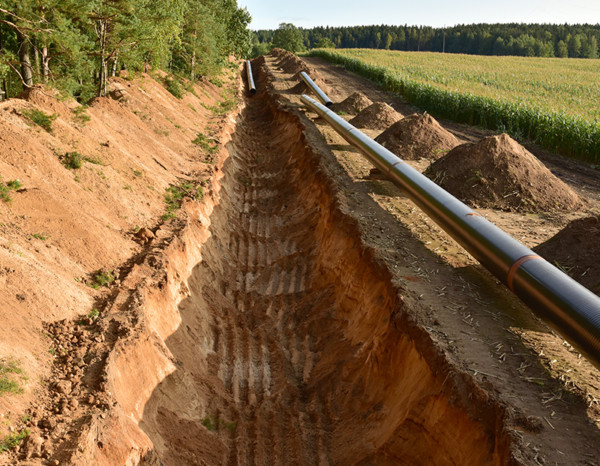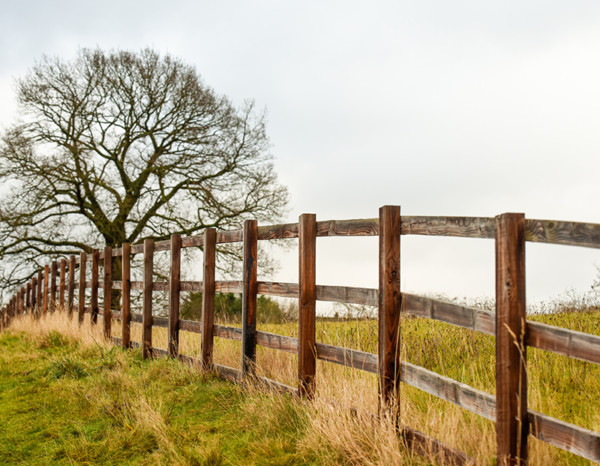A right-of-way (ROW) is a is a strip of land of varying widths that may contain one or more pipelines and sometimes other utility lines. A ROW is a property right and it grants the company certain rights to use the property to install, inspect, repair, replace, operate and maintain the pipeline.
A ROW agreement between the pipeline company and the property owner is called an easement and is usually filed in the county Register & Recorders office with property deeds. Under an easement agreement, companies have the legal right to protect their pipeline, which includes the right to prevent right-of-way encroachment and to remove or modify any trees, vegetation or other structures that impair the operator’s ability to carry out the purposes contained in the easement.
The existence of a ROW allows our team access for construction, operations, inspection, maintenance, testing or in an emergency. ROWs are usually identified by pipeline markers, which include the name of the gas operator, emergency contact information, and a general description of the product in the pipeline. These markers are put into place where certain activities are prohibited to protect public safety and the integrity of the pipeline.
The pipeline ROW must remain clear of anything that blocks access to the area. The ROW agreement spells out the land use restrictions for property owners. Normal gardening and agricultural activities are generally acceptable, but you should never dig or construct anything within the easement without first contacting the pipeline operator.


Encroachments are obstructions that can limit or impair a pipeline operator’s ability to effectively update, repair, replace and maintain pipelines in a safe operating environment.
Examples of common encroachments include buildings, patios, swimming pools, septic systems, trees and fences
Maintaining a clear, accessible ROW is imperative for protecting the safety of our neighbors, community, environment and personal property. Trees, fences, storage buildings and other common encroachments can hinder an operator’s ability to inspect, maintain and respond to emergencies related to the pipelines.
Trees and Tree Canopies can: